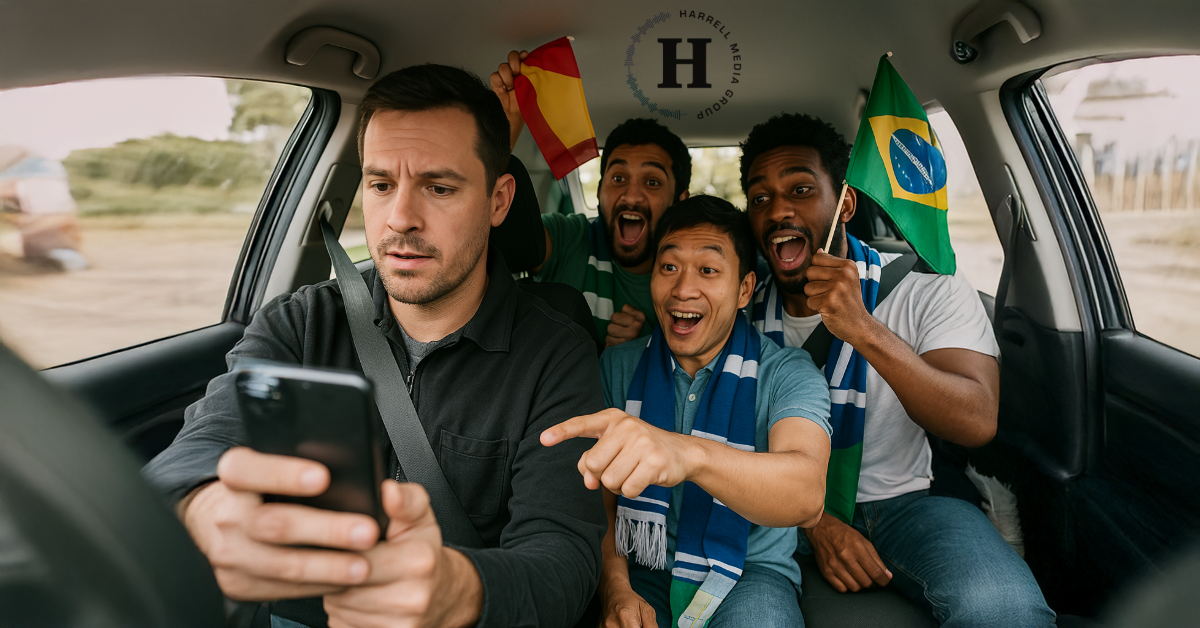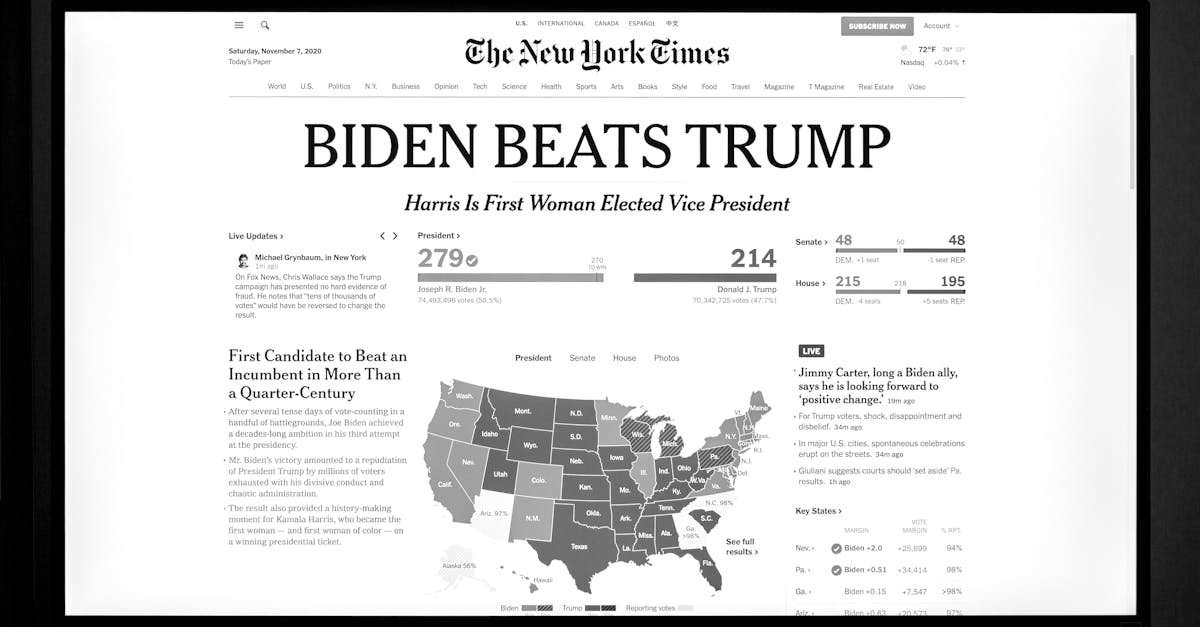“No luggage today?” was my first question to the three men who got in the back of my car at Nashville International Airport. “No,” was the response from one of the men. Without backpacks or fanny packs, they were dressed in soccer shirts, shorts, and socks as we began our journey to GEODIS Park. I was ready for a lost-in-translation moment.
“I guess you’re going to the FIFA Club World Cup game today,” was my next riveting statement. Hey, my experience has taught me how to read the room. Wink, wink. “Yes” was the response from the same guy who said “no” to my first question. Okay, Mr. Room Reader, where do we go from here? Three grown men wearing soccer uniforms and carrying no luggage at an airport is, uh, interesting.
Wait for it. Here it comes. “So, are y’all players on the team?” He, the same one who responded twice, looked into my rearview mirror from the back seat and said, “fans.” A conversation among the three men in their native language started after I laughed.
The next 15 minutes were quiet until we approached the stadium, and I asked them if the destination on the north side of the stadium was okay for a drop point. In broken English, my main communicator wanted to know where they could get food. “There’s not much around the stadium,” I said, “But I know a place on the west side of the stadium. Is it okay if I drive around there?”
He nodded in agreement and told his friends what we were doing. Santa’s Pub, a Nashville dive and karaoke bar, was closed at 10 a.m., even on a game day. I suggested a breakfast place about a mile away and offered to drop them at First Watch. We weren’t making much progress with our communication when I noticed a group near the stadium wearing the same branded soccer clothing as my clients. I pointed to the group and said, “Hey, your people!” He started nodding his head in agreement, and I drove across the street to complete the trip.
Speak Louder Because That Translates, Right?
An hour later, I was back at BNA picking up another luggageless soccer fan. The communication barrier was more obvious, but we managed to understand what the other was trying to say or ask. I’m sure it was my default louder volume when I’m speaking to someone whose language I don’t speak. Why do we think speaking in a louder voice will make our unidentifiable words make sense?
One of our language charades succeeded when he wanted to know how long it would take to get a ride back to BNA. I spent another 45 seconds trying to understand where he would be picked up to go to the airport. I assumed it was a hotel or an Airbnb.
And this is where the success happened. He was being picked up at GEODIS Park after the soccer game, which is why these riders didn’t have luggage. They were going to a World Cup match, sitting in the upper ’90s heat of a Nashville soccer stadium and then flying back home. In more of my elevated volume, I asked, “CAN I SHOW YOU WHERE YOU NEED TO BE PICKED UP?!” He understood me and waved his hand, indicating I could keep driving to the other side of the stadium.
Story Finder Moment: Message Clarity
If you’re a problem-solver, you enjoy little moments like this. Helping people and understanding emotions is a universal language. However, my Story Finder moment with these clients immediately shifted to the messages of our brands. What do we assume is understood just because of our brand’s origins? An automobile dealership sells cars. A grocery store sells food. A radio station plays music or spoken word audio content. Those are rather obvious global conclusions about those services.
However, if I need to make a decision when I don’t understand the language, what messaging guides my brain to conclude without confusion? Brands with a global reach, like Nike, Starbucks, or Uber, operate at a different level of brand acceptance. Everyone in my car knew those services based on the logo.
For the rest of us brand mortals, do consumers understand what we offer or how we improve their lives based on our simple messaging? Brand clarity doesn’t stop at intention. There must be a connection.
Attempting to communicate and understand my Rideshare clients was more than a transactional exercise. It was a relational moment. Getting those clients to their destination was my primary responsibility. However, I wanted to do everything possible to ensure they were receiving what they wanted based on my explanation, even if it was delivered with an amplified voice and lots of hand gestures.
Clarity improves when we shift from message transmission to the translation of those messages.

Ron Harrell
As the Principal Story Finder of Harrell Media Group, I offer Brand, Talent, and Management coaching. I’m available for public speaking engagements.
Contact me for a No Copy & Paste review.



